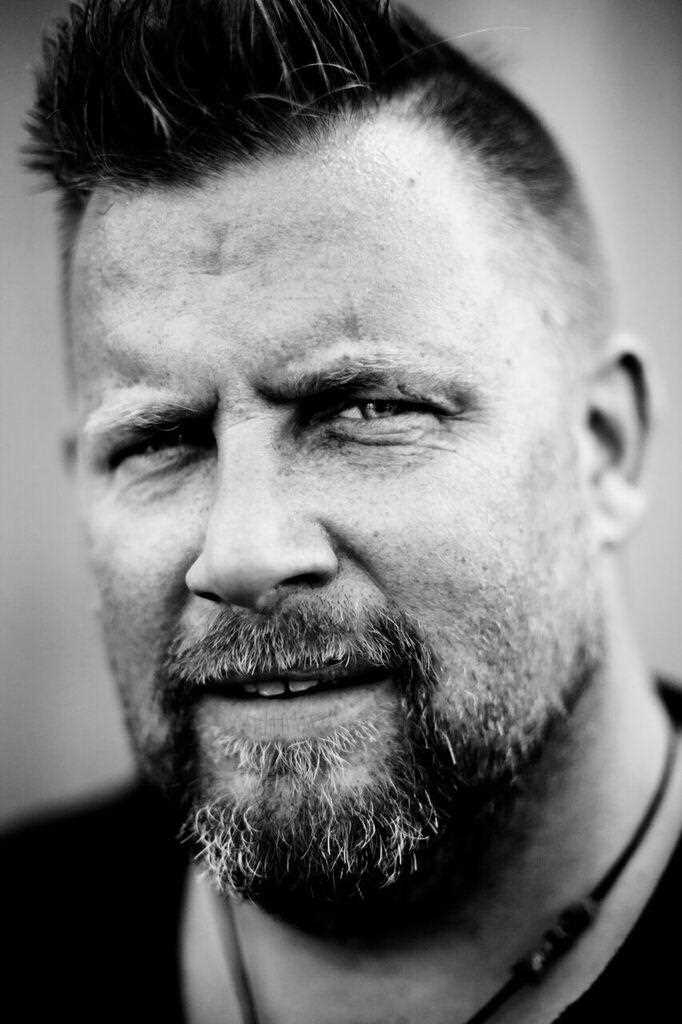Erwin Beltman was the head groundsman for stadium De Kuip in the Netherlands between 2013 and 2022. In that period, the field was voted the best stadium field in the Dutch Eredivisie eight times in a row. These days, he works as a consultant and shares his experiences about achieving good turf pitches on Sportsfields.info.
Stadiums are (financially) obliged to organize as many events as possible to achieve a good ROI. Often, they sacrifice their main stage, the stadium field, for events where the quality of the turf plays no role. As modern technology or a possible resurfacing can quickly restore that field, stadium managers often have no qualms about destroying it. Such is the fate of the groundsman, who succeeds week after week in delivering a high-quality, safe and attractive playing field. The costs for repairing the field after an event are usually borne by the event organizer anyway.
A lasting impact
Resurfacing a stadium field is always a fascinating experience. In just a few hours, the old field is milled out and replaced by a new surface. It is a process that is closely monitored by both stadium management and team management. If it is up to them, the field is used again as soon as possible. The shortest time ever I experienced for the new grass to settle was 56 hours. However, as a lover of natural grass fields, I advocate for the grass to be granted a few more days to find its feet in the new environment. The harvesting of the 3.5 centimetre-thick sod gives the grass stress and does have an impact on the grass condition.
The harvesting itself is the first blow the grass must overcome. Once it arrives at its new location it will have to deal with completely new conditions compared to the conditions at the nursery. In a stadium, the grass no longer benefits from the elements having free rein, and the temperature or airflow in a stadium environment is often very different. Adding fertilizers, water, heat or additional light can, to a certain extent, stimulate the grass to find its feet in the new environment. However, giving the grass a break is even more important.
Closely involved
In my years at De Kuip, I have always been closely involved in the preparations for a resurfacing. However, now that I’m on the other side of the table, I realize how much preparation goes into this process. Just selecting the most beautiful sods at the nursery is not enough to immediately achieve a good result in the stadium.
In the run-up to a resurfacing, I would often rake the grass and overseed it. Now that I’m expected to stand guard over the buyer’s preferences, I’ve ramped up operations. For example, the last surface for De Kuip was raked and scarified every three weeks. Open spots were pricked and re-seeded, and, just before harvesting, I would bring out the stadium mower. As the mower collects all the clippings, this kept the surface clean. The fertilization of the field was halted one month before we harvested it to prevent the grass from scalding during transport.
Plan accurately
Resurfacing a stadium field requires complicated but accurate planning. In the Netherlands and Belgium, distances are limited, but as soon as you go abroad, you will have to deal with all kinds of obstacles. For example, Hendriks Graszoden recently asked me to help PFC Ludogorets 1945 in Bulgaria with resurfacing their stadium field. The 23 truckloads were harvested in the Netherlands on Thursday and accurately numbered so that the first harvested sod was also going to be laid first. During transport, the temperature in the trailer was reduced to below zero degrees Celsius to get the grass hibernating. In addition to fast and smooth transport, the driver was also tasked with continuously adjusting the temperature, to ensure the sod would quickly acclimatize to the new environment. That is easier said than done when you also have to deal with border crossings and customs formalities. These can delay your trip considerably. Once they arrive at their destination, you must have enough space to temporarily park 23 trucks before they are called up to come and deliver their cargo at the stadium.
A careful process
We started removing the old stadium field on Monday, using our own milling cutter, which had specifically been shipped for this purpose. Once the trucks arrived on Tuesday morning, we immediately started laying the sods. We did so with a team of 15 people. The 35 irrigation nozzles in the field provided us with an extra challenge. Much to the surprise of the entire stadium management, we completed the work by Wednesday afternoon and handed the field over to the local groundsman again.
We advised them to return the surface to its proper best by breaking maintenance activities down into several steps. Trainers have a preference to play on the new field as soon as possible, and ideally, on a field that is fast and where the grass is cut to just over 20 mm. Our advice is to first let the grass grow nicely and then gradually reduce it in length. If you don’t, you can, with a bit of bad luck, completely destroy the new surface within 24 hours. Luckily, PFC Ludogorets 1945 had more than a week and a half until their first home game, and I am confident that, by now, they have a nice field to excel on.
Erwin Beltman is a former groundsman of Stadium De Kuip in Rotterdam. Between 2013 and 2022, the stadium field was voted the best stadium field in the Dutch Eredivisie eight times in a row. Today, he is director of Master in Grass and consults and advises fellow groundsmen.
The views or information he shares in his articles are not necessarily the views of the publisher.
Next month
Next month, I will explain how one can maintain a field without having to break the bank to pay the energy bill.


